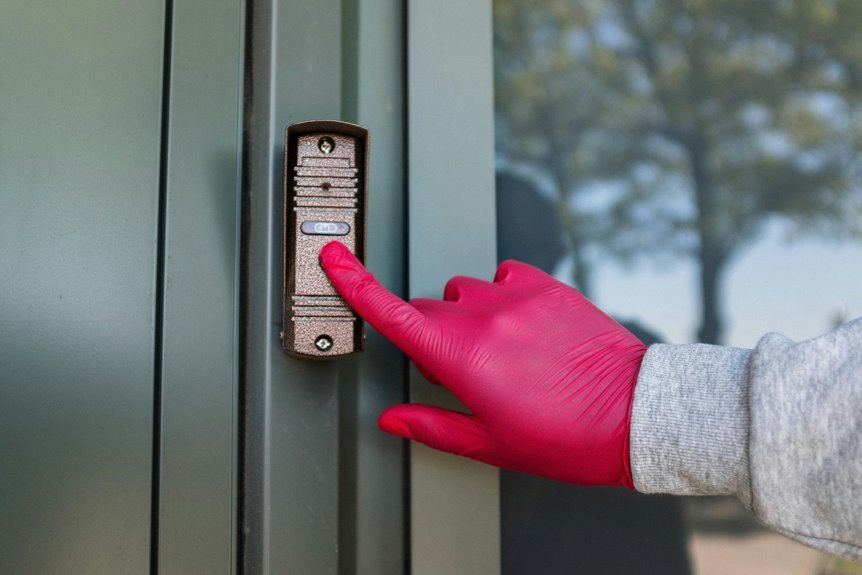7861 Call Latency Metrics for Missed Attempts

The analysis of 7861 call latency metrics for missed attempts reveals significant insights into communication inefficiencies. By scrutinizing these metrics, organizations can pinpoint specific delays and response times that contribute to missed calls. This understanding is crucial for identifying underlying issues in call handling processes. However, the implications of these findings extend beyond mere identification. Organizations must consider how to leverage this data for meaningful improvements in their communication strategies.
Understanding Call Latency Metrics
Although call latency metrics may seem straightforward, they encompass a range of measurements that are crucial for assessing the performance of communication systems.
Effective latency analysis involves evaluating call response times, including connection delays and processing intervals.
Understanding these metrics enables organizations to optimize their systems, ensuring timely call handling and enhancing user experience, ultimately fostering an environment where communication can flourish unimpeded.
Importance of Tracking Missed Call Attempts
Tracking missed call attempts is essential for organizations seeking to improve their communication efficiency and overall customer satisfaction.
The tracking importance lies in identifying patterns and reasons behind missed calls, enabling businesses to refine strategies and allocate resources effectively.
Measuring Call Latency: Tools and Techniques
While effective communication relies heavily on prompt responses, measuring call latency is crucial for organizations aiming to enhance their telecommunication processes.
Tools such as call tracking software and latency analysis algorithms provide valuable insights into response times.
These techniques enable organizations to quantify delays, identify bottlenecks, and implement strategic improvements, ultimately fostering a more efficient communication environment that meets customer expectations and operational goals.
Actionable Insights for Improving Call Handling Processes
Enhancing call handling processes requires a systematic approach to identify and rectify inefficiencies.
Implementing call optimization strategies, such as analyzing call latency metrics and agent performance, can significantly boost customer satisfaction.
Furthermore, regular training and feedback loops for staff help streamline interactions.
Conclusion
In conclusion, the analysis of 7861 call latency metrics for missed attempts reveals a stark contrast between potential customer engagement and actual communication failures. By juxtaposing the intricacies of response times with the frustrations of missed connections, organizations can uncover critical insights into their call handling processes. This understanding not only highlights inefficiencies but also paves the way for strategic improvements, ultimately transforming missed opportunities into enhanced customer satisfaction and operational success.




